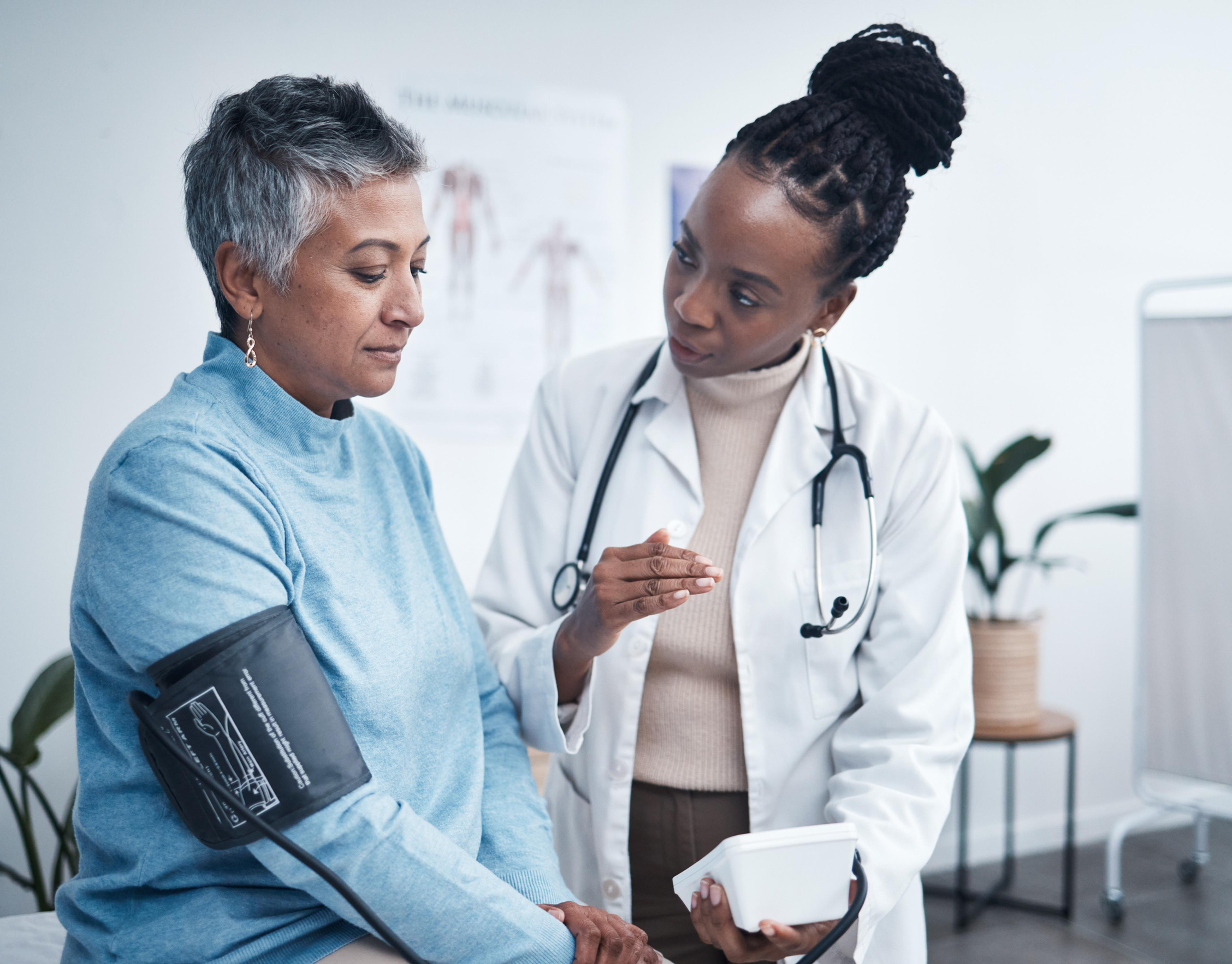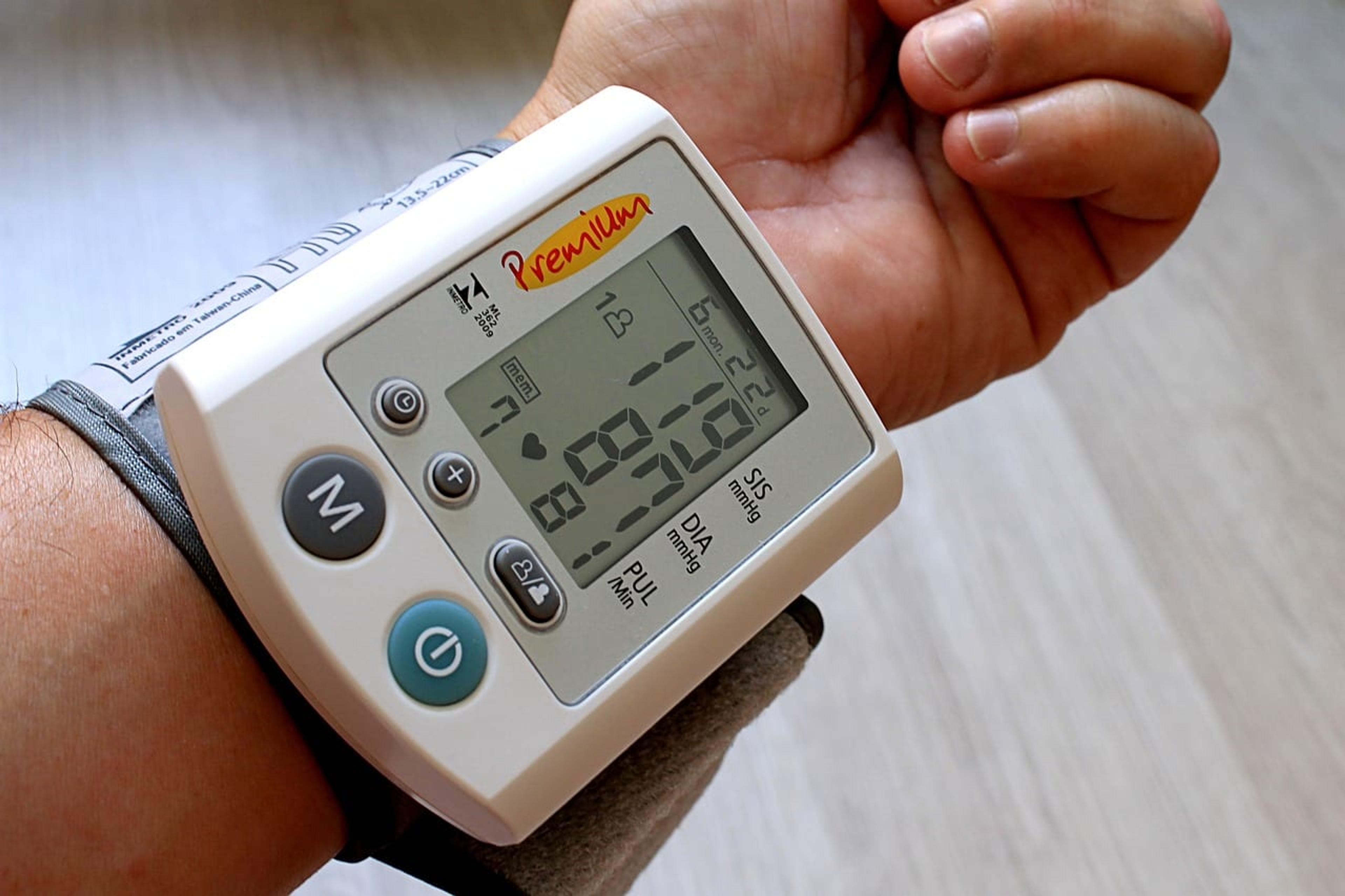How to Check Your Blood Pressure at Home
Jake Newby
| 4 min read

If you are one of the several million American adults with high blood pressure, two or three checks a year during annual exams may not suffice. You may need to learn how to check blood pressure at home.
Even if blood pressure readings at your provider’s office are normal, you can’t assume that is always the case. “Masked hypertension” occurs when someone has normal blood pressure readings in their provider’s office and elevated blood pressure readings outside of it. Roughly 10% to 20% of individuals with high blood pressure experience masked hypertension.
Here's how to check your blood pressure without a machine.
Reasons to monitor your blood pressure at home
The concept of masked hypertension should be reason enough to invest in an at-home blood pressure monitor, but here are a few additional reasons:
More frequent blood pressure monitoring allows more opportunities to detect blood pressure that is higher than normal and treat it on time.
Since risk factors like external stress, family history, age, and obesity affect blood pressure, monitoring it at home can allow you to track your own trends. Maybe a particular day at work is more stressful than others. Or maybe you have that one family member that drives you up a wall when see you them on weekends. Tracking your blood pressure at home can help you identify these trends so you can adjust accordingly.
It’s helpful to check regularly at home if you are unknowingly one of the 15% to 30% of people who suffer from “white coat syndrome.” This condition occurs when blood pressure readings at your provider's office are higher than they are in other settings. This could lead to an unnecessary prescription or a higher dosage of a prescription than needed.
Additionally, pregnant women experiencing pregnancy-induced hypertension or preeclampsia may find a home blood pressure monitor especially useful.
What to look for when selecting an at-home blood pressure monitor
Automatic or electronic devices are recommended. Digital, cuff-style monitors that fit around your bicep/upper arm tend to be the most accurate. The American Heart Association (AHA) advises against wrist and finger monitors because they are generally less reliable.
Always choose a monitor that has been validated. If you are unsure, ask your primary care physician or pharmacist for advice. Those choosing a blood pressure monitor for a senior, pregnant woman or child, should make sure it is validated for these conditions. Also, make sure the cuff fits by measuring around your upper arm and selecting a monitor that comes with the correct size cuff.
How to take blood pressure at home
First, check your monitor's instructions for an illustration. If you’re still unsure, ask your primary care physician to show you how.
- Thirty minutes before measuring your blood pressure, empty your bladder, and avoid smoking, drinking caffeinated beverages or exercising. Take at least five minutes to rest quietly.
- When you position yourself to measure, sit still and sit correctly – this means sitting with your back straight and supported (think a dining chair instead of a sofa).
- Keep your feet flat on the floor and your legs uncrossed.
- Keep your arm, which should be bare, supported on a flat surface with the upper arm at heart level.
- Make sure the bottom of the cuff is placed directly above the bend of the elbow.
- Measuring your blood pressure at the same time every day is important. It is best to take the readings daily beginning two weeks after a change in treatment and during the week before your next appointment.
- Take multiple readings and record the results. Each time you measure, take two to three readings on minute apart and record results using this printable tracker.
In general, any difference of 10 mmHg or less is considered a normal variation between your left and right arm.
What does my blood pressure reading mean?
Here are healthy and unhealthy blood pressure ranges, as recommended by the AHA:
- NORMAL: the upper number (systolic mm Hg) is less than 120 and the lower number (diastolic mm Hg) is less than 80.
- ELEVATED: the upper number is between 120-129 and the lower number is less than 80.
- HIGH BLOOD PRESSURE (hypertension) STAGE 1: the upper number is between 130-139 and the lower number is between 80-89.
- HIGH BLOOD PRESSURE STAGE 2: the upper number is 140 or higher and the lower number is 90 or higher.
- HYPERTENSIVE CRISIS (consult your health care provider immediately): the upper number is higher than 180 and the lower number is higher than 120.
A diagnosis of high blood pressure must be confirmed with a medical professional. Share your recorded results with your health care provider, who can help you make lifestyle changes or prescribe medications if necessary.
Photo credit: Getty Images
More from MIBD:
You May Also Like

Why Exactly is Alcohol Bad for You?
Medically Reviewed by: Michael Kobernick, M.D.




